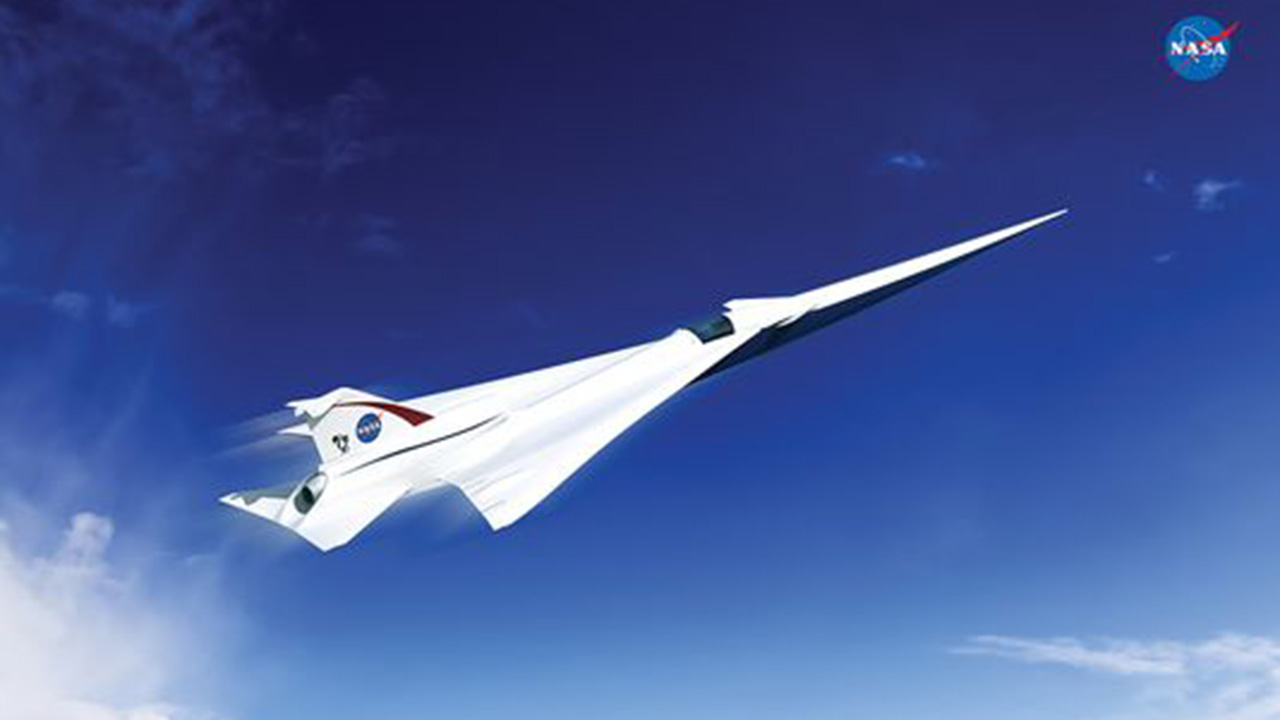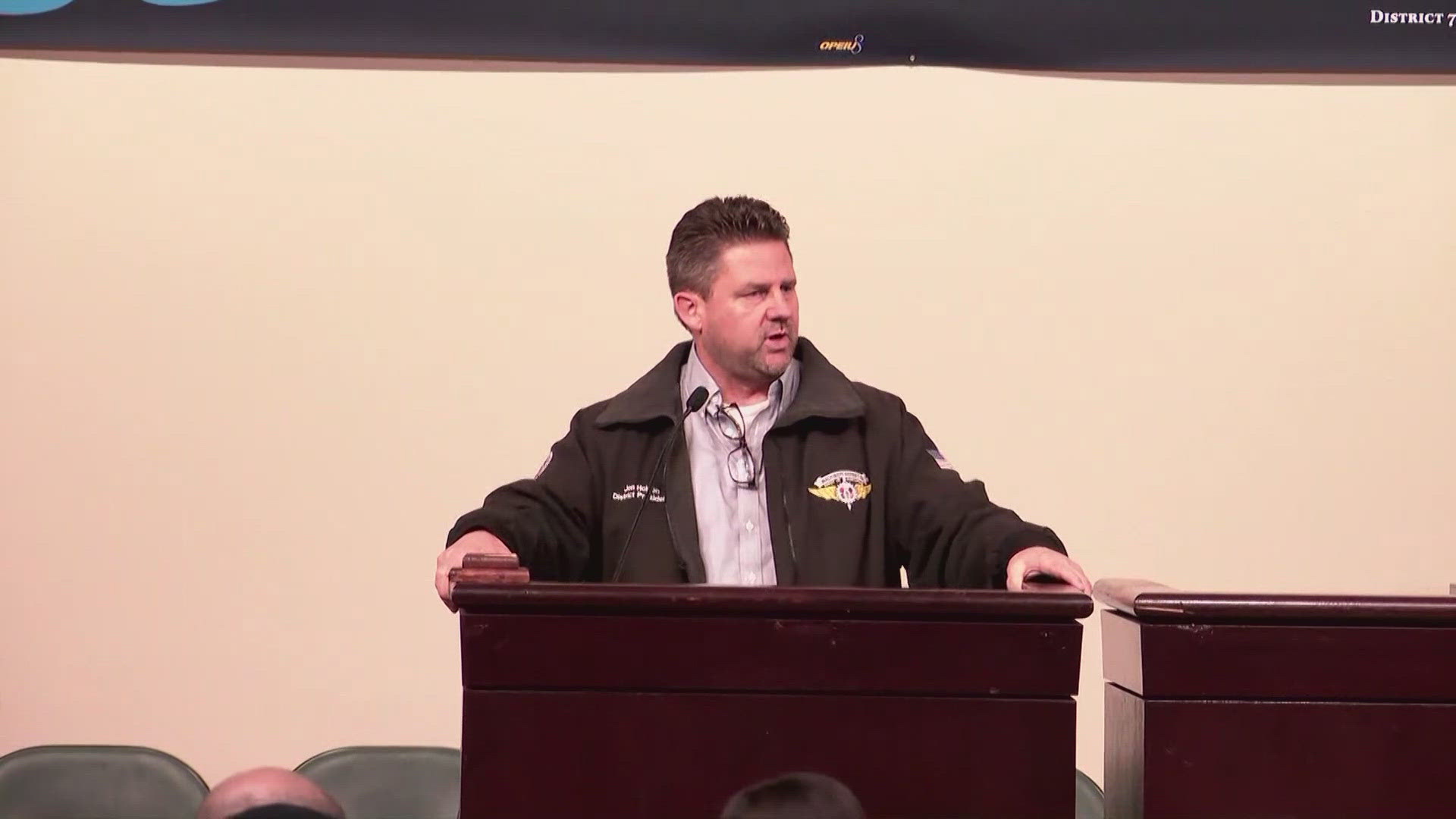Its astronauts already travel fast enough, so now NASA wants to bring the ultimate in speedy flight to the masses.
NASA officials on Monday unveiled the design of a supersonic aircraft that would boast speeds comparable to the Concorde - but without that jet’s sonic boom. The weird-looking new vehicle boasts a long, skinny nose, oddly angled wings and a tail fin folded into what looks like an origami airplane.
The jet NASA calls QueSST would fly at speeds of Mach 1.4, or roughly 1,100 mph. Today’s commercial jetliners poke along at 600 mph, while the Concorde, which made scheduled passenger flights from 1976 to 2003, achieved the blistering pace of more than 1,300 mph.
Shock waves normally roll off many different features of a supersonic vehicle and combine into the classic “Boom! Boom!” signature. But QueSST would be designed to dissipate the many small shock waves so they can’t meld together.
The jet’s signature sound would be “more like a soft thump,” NASA administrator Charlie Bolden said Monday, “instead of the annoying sonic boom that currently prohibits commercial supersonic flight over land.”
A more complete design, funded by NASA but carried out by private firms, would be ready in early 2017. A test vehicle, also built by private companies, would be ready for takeoff as early as the fall of 2019 – if the space agency can find the money.
Finishing the design will take roughly $20 million, and aircraft construction and the initial round of flight tests will demand another $280 million. President Obama has asked Congress for the funds, but as Bolden said Monday, “It’s now up to Congress to see the wisdom of what we have proposed.”
Success by the space agency and its corporate partners could pave the way for a renaissance in supersonic passenger flight. Such flights are now banned over land in the United States because of the roar generated by the first generation of planes to exceed the speed of sound. QueSST would create no boom at all, just “a rumble,” Bolden said.
The Concorde’s sound in flight was, by one measure, 105 decibels, says NASA’s Peter Coen. But the jet design being pushed by NASA would generate a noise of only 75 decibels at cruising altitude.
“The goal is to get something on the threshold of audibility,” Coen said. Commercial jets, when flying at a standard 40,000 feet, can't be heard at all.
There’s no buying tickets yet: the prototype aircraft would be only 90 feet long and carry a single passenger. Eventually, Coen says, the technology could be translated to a jet carrying 100.
The design would allow the “flying public to enjoy supersonic flight,” said Jaiwon Shin, NASA’s head of aeronautics. “Just imagine you (can) go anywhere in the world in 6 hours.”


